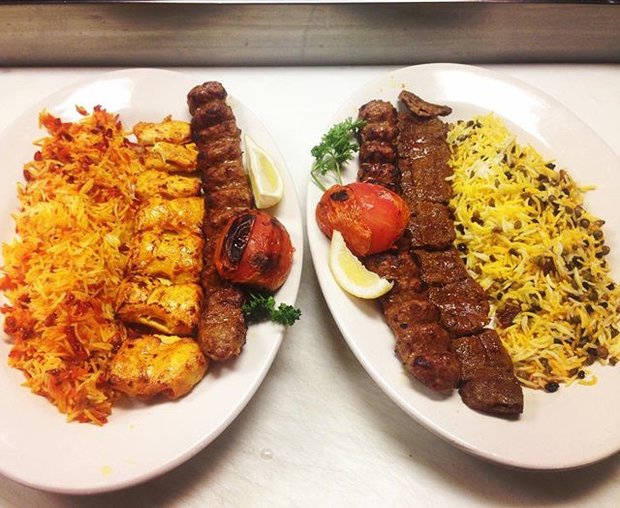Introduction: Exploring the Relationship between Turkish and Iranian Cuisines
When it comes to Middle Eastern cuisine, Turkish and Iranian dishes are often mentioned in the same breath. Both cuisines have their unique flavors and styles, but they also share many similarities in terms of ingredients, cooking techniques, and presentation. One question that often arises is whether there are any Turkish influences in Iranian cuisine.
The Historical and Cultural Ties between Turkey and Iran
Turkey and Iran have a long and complex history, which has led to a significant exchange of cultural and culinary traditions over the years. The two countries share many cultural and linguistic similarities, and their cuisines have also been influenced by each other. The Ottoman Empire, which ruled over much of the Middle East and Europe for centuries, had a significant impact on Iranian cuisine, introducing new ingredients and culinary techniques to the region.
Common Ingredients and Cooking Techniques in Turkish and Iranian Cuisines
Both Turkish and Iranian cuisines make use of similar ingredients such as lamb, beef, chicken, rice, lentils, chickpeas, onions, garlic, and various herbs and spices. The use of saffron, cardamom, and cinnamon is also common in both cuisines. Both cuisines also use similar cooking techniques, such as grilling, roasting, stewing, and baking.
The Influence of Turkish Cuisine on Iranian Dishes
Turkish cuisine has had a significant influence on Iranian dishes, especially in terms of the use of spices and herbs. The Ottomans introduced many new spices to the region, such as cumin, coriander, and mint, which are now commonly used in Iranian cuisine. Turkish dishes such as kebab and pilaf have also been incorporated into Iranian cuisine, with their own unique twists.
Regional Variations in Iranian Cuisine and Their Turkish Influences
Iranian cuisine is highly varied and reflects the country’s diverse regional and ethnic influences. Some regions of Iran have been more heavily influenced by Turkish cuisine than others. For example, in the northwest of Iran, dishes such as pilaf and kebab are heavily influenced by Turkish cuisine. In contrast, the cuisine of the southern regions of Iran, such as Khuzestan, is more influenced by Arabic and Persian Gulf cuisine.
Conclusion: The Impact of Turkish Influence on Iranian Cuisine
In conclusion, Turkish cuisine has had a significant impact on Iranian cuisine, particularly in terms of spices, herbs, and cooking techniques. However, Iranian cuisine has also developed its unique regional styles and flavors, making it a complex and diverse cuisine in its right. The influence of Turkish cuisine on Iranian dishes is just one of the many cultural and culinary exchanges that have taken place between these two neighboring countries over the centuries.

